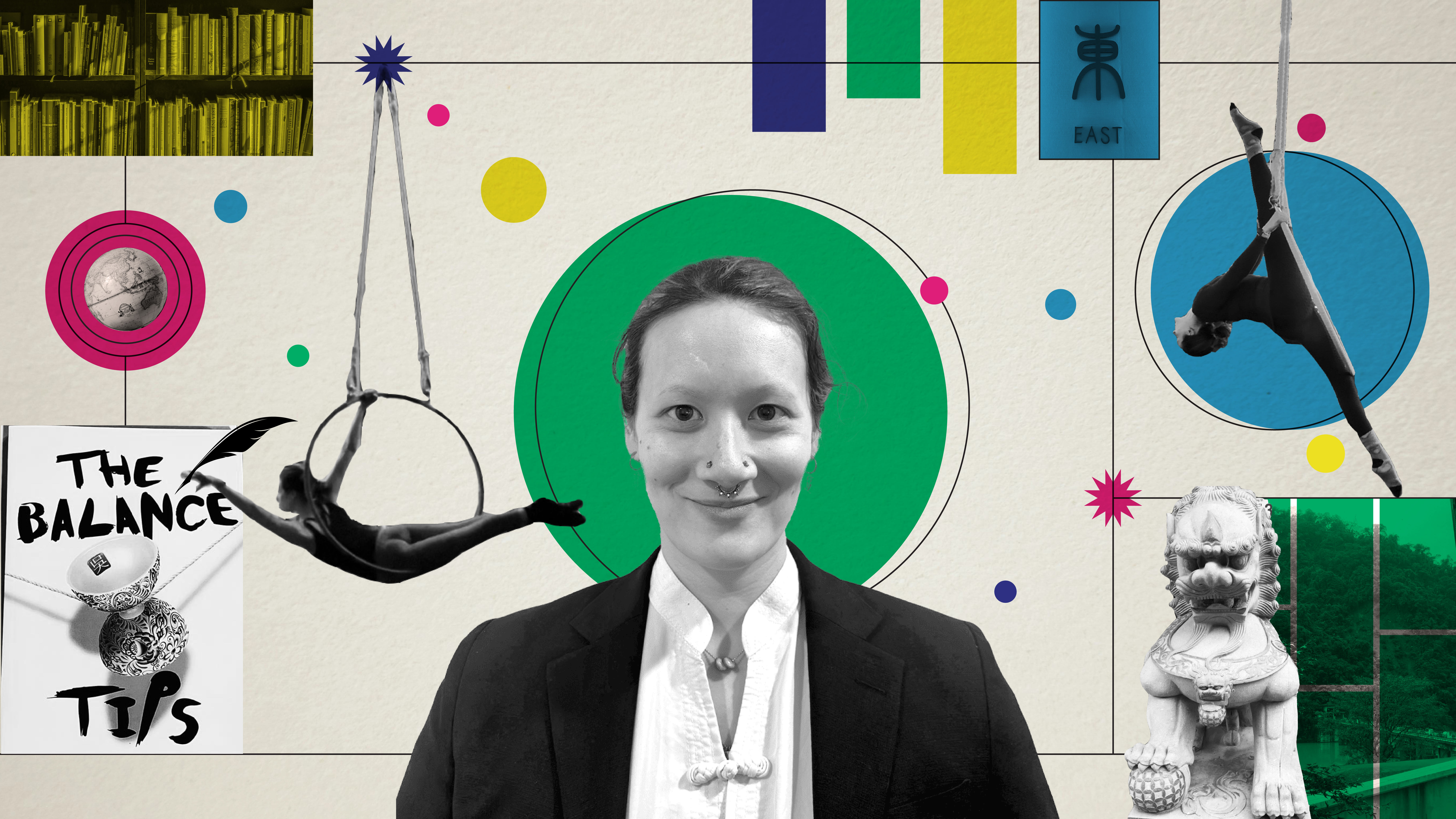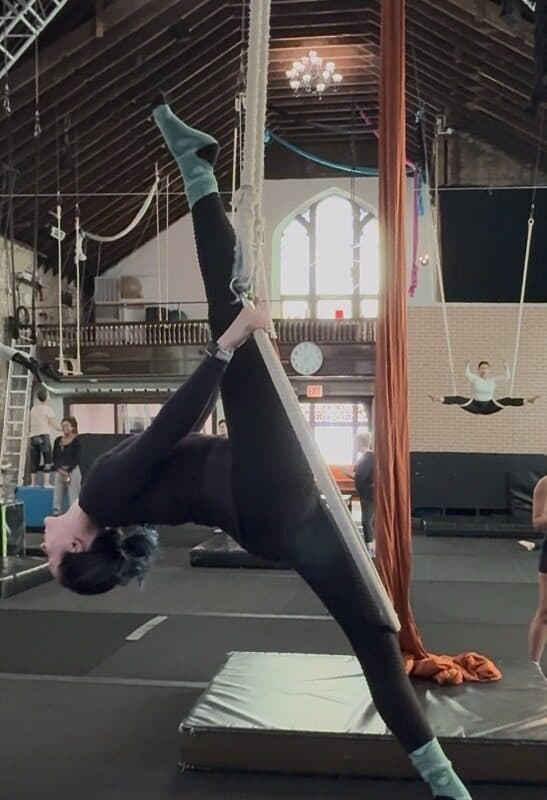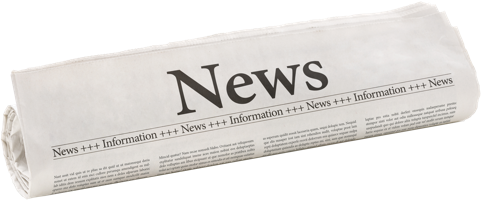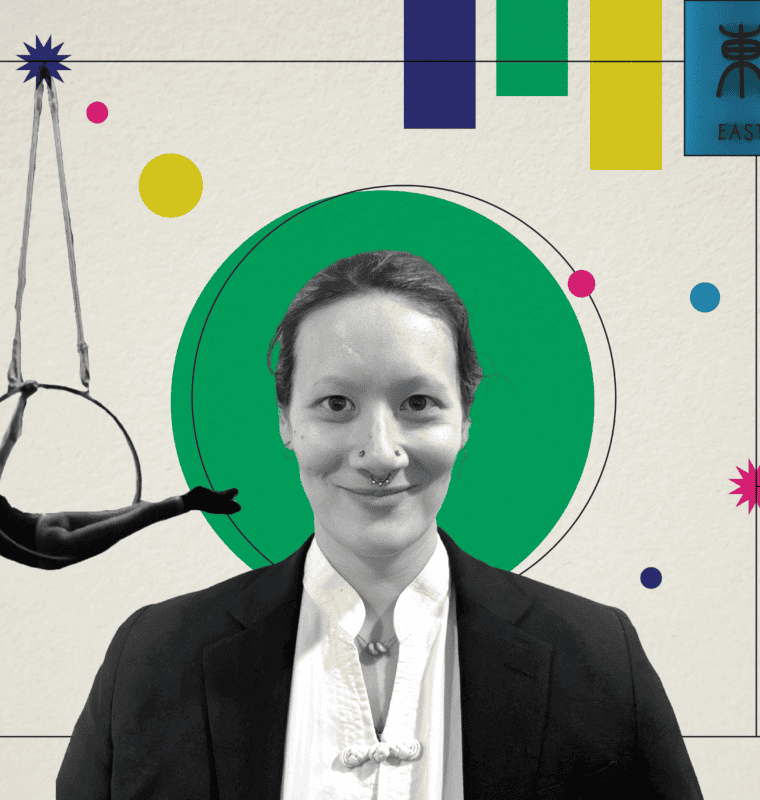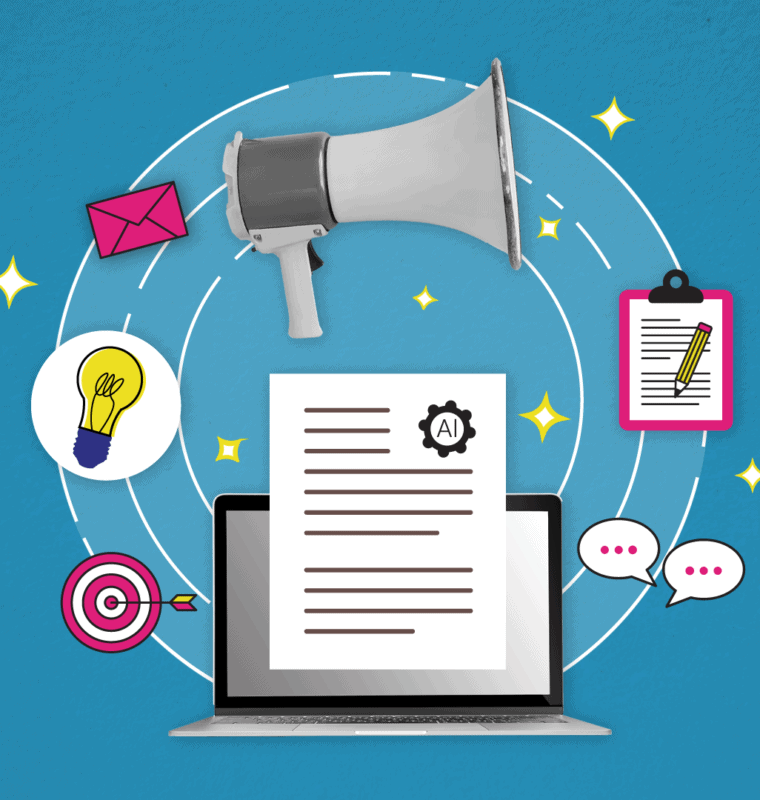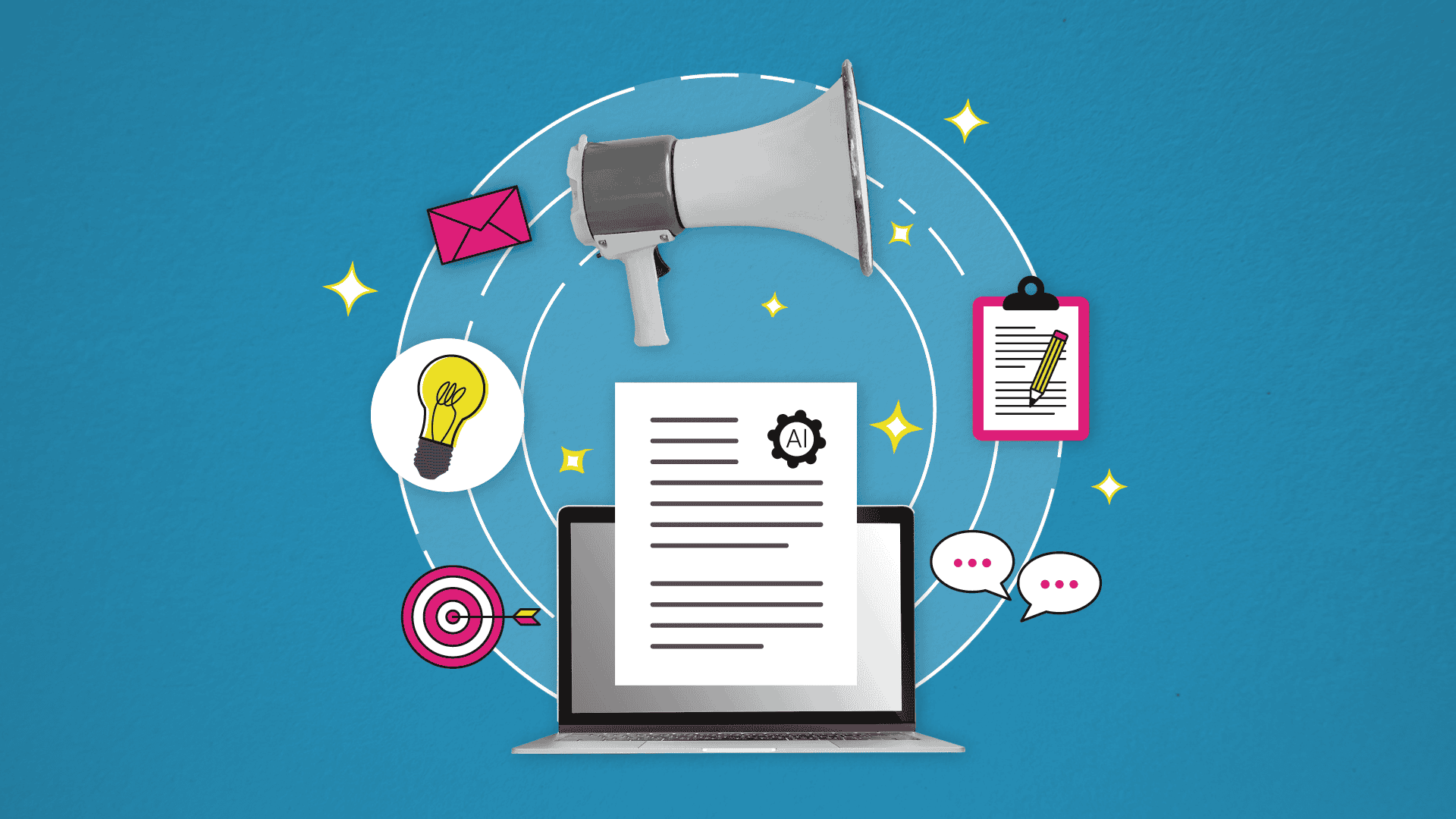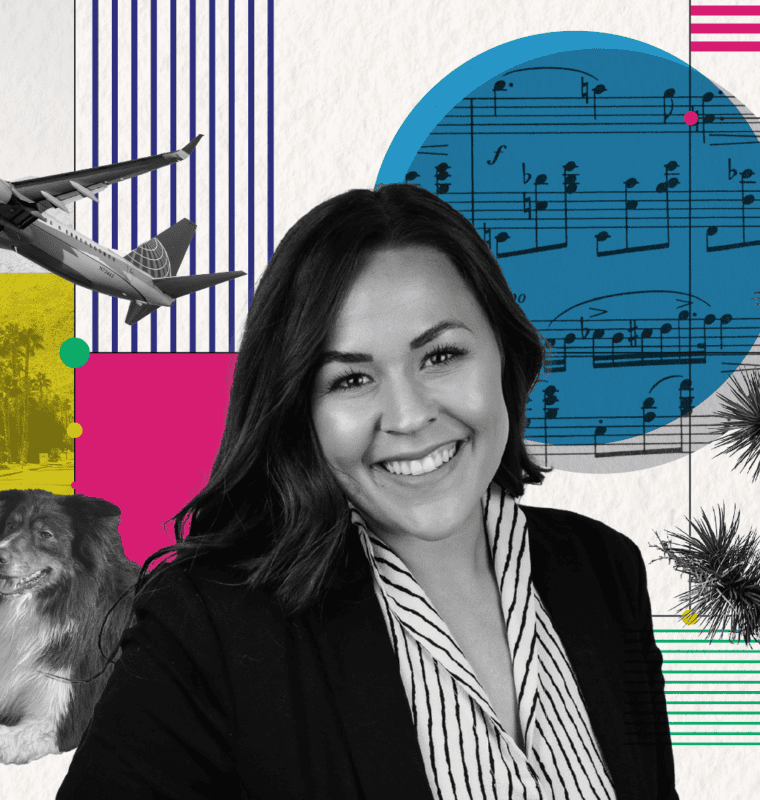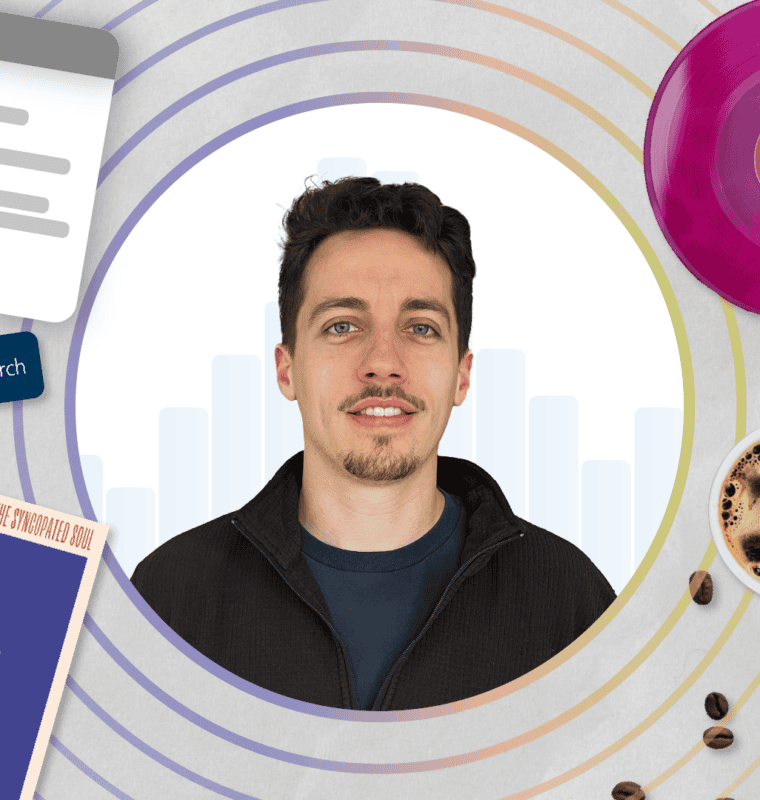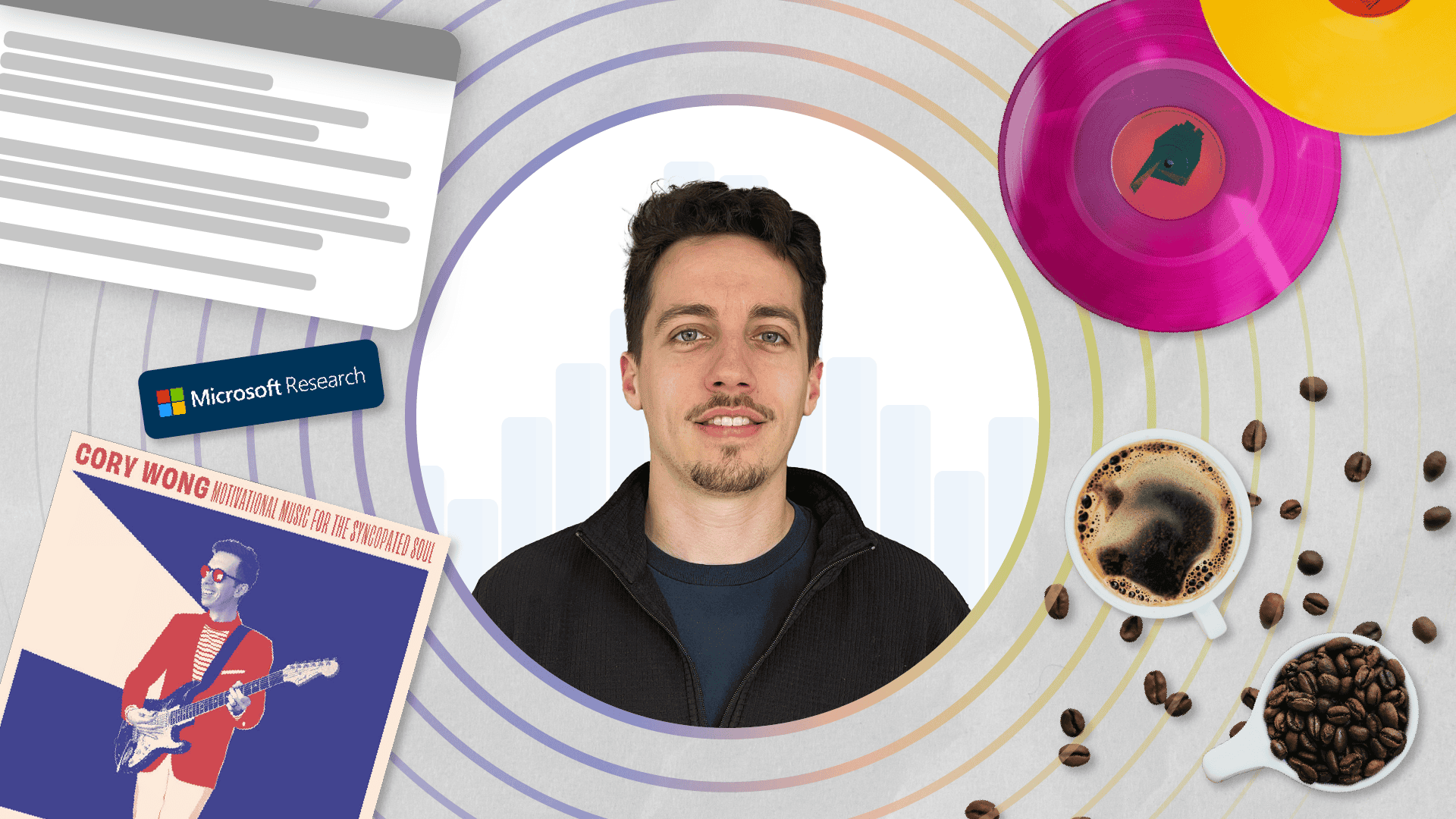By Mollie Hawkins
2A Embedded Consultants (ECs) are highly skilled, experienced professionals who function as contracted members of our clients’ teams. For the past two years, 2A EC Matt deWolf has been using his graphic designer talents at Microsoft Research (MSR). In this Q&A, Matt shares how he got here, what he’s doing, and why he loves it so dang much.
Mollie: What do you do at Microsoft Research?
Matt: So, the classic designer joke is that I “make things pretty,” right? Well, it’s more than just making things look nice, especially at MSR. Because of the global inflection point we’re at in technology, design is also about ensuring our visual language clearly communicates the message that we’re explicitly trying to send. An example of this is making sure our communications around AI visually align with our intentions. When we discuss AI, it’s important to ensure that our audience doesn’t get brought into a scene that inaccurately depicts what we want to say. The words in any asset tell one part of the story, but the imagery, color, and composition play a key role in reinforcing that textual direction.
Mollie: That’s a fun challenge! What’s the most interesting part of working at MSR?
Matt: It’s great getting to work with cutting-edge researchers who are wholly devoted to our mission statement: “Advancing science and technology to benefit humanity.” Something special about MSR is the non-product-related approach; not every development or mission immediately ties into something commercialized. I get to see new developments in AI research that range from determining the accuracy of image generation against a description to applications in healthcare. The breadth of work is truly impressive.
Mollie: Can you tell me about a cool project you’ve been working on?
Matt: MSR is piloting an episodic approach to our previous annual Research Summit called Microsoft Research Forum. This forum shares the latest findings with the global research community in real time. The event is considered a “tier 1” event for Microsoft, and it allows us to work with many vendors to develop the visual identity, web platform, and production for it. Not only is it the inaugural forum, but also we’re working collaboratively to build something great together.
Mollie: How have you grown in your role over the past two years?
Matt: The Research Forum project gave me opportunities to act as an art director, coordinating between design vendors, animators, developers, and internal production teams. This was a much more direct opportunity to explore these skillsets compared to some of my previous roles. I have definitely grown personally, learning to deliver constructive feedback and communicate clearly to multiple stakeholders, getting us closer to the outcomes we want. I hope to continue developing design leadership skills that support my team’s ability to do their jobs.
Mollie: Where were you before Microsoft, and what about Microsoft makes your heart sing?
Matt: Before MSR, I worked as a package designer at Hasbro. Yes, the Hasbro that makes Star Wars figures, Nerf Blasters, and Monopoly! But at MSR, I feel much more interested in the work. I enjoy technical things—bridging the gap between abstract concepts and visuals. Perhaps some of this comes from an adjacent design interest, web development. Let’s just say that when I write a JavaScript function and it doesn’t throw any errors, I basically feel like an MSR computer scientist. (LOL)
Mollie: So, what else do you bring to the table?
Matt: I think of myself as the Swiss Army knife of designers because of the different ways I’ve applied my knowledge. I have designed for print the old school way, on presses, and have designed for digital mediums. I know how to design and animate motion, as well as develop for the web, and I’m always growing and refining my leadership skills.
Mollie: Now that we’ve talked business, let’s get down to the fun stuff. What do you do when you’re not designing?
Matt: Outside of work, I’m an avid consumer of music and coffee. To me, music is something sacred and goes beyond listening to the radio. I love understanding the period from which the music originated, learning more about the artists, and seeing where it takes me. Layering this on top of my foundational understanding of music theory gives me a profound sense of pride when I uncover something new or view a piece of music from a new angle. And, of course, without overthinking it or applying any of that background, as humans, we all know when we like something.
The coffee part is perhaps two-sided—not only do I appreciate coffee itself, but also I love the exploration and adventure in finding new cafes where I can enjoy music.
Interested in becoming an EC? Check out our open roles or submit a general job inquiry if you don’t find exactly what you’re looking for.
Want to hire an Embedded Consultant? Learn more here.
Share the storyhttps://2a.consulting/blog/meet-matt-dewolf-visual-virtuoso-at-microsoft-research/
Collapse the story
